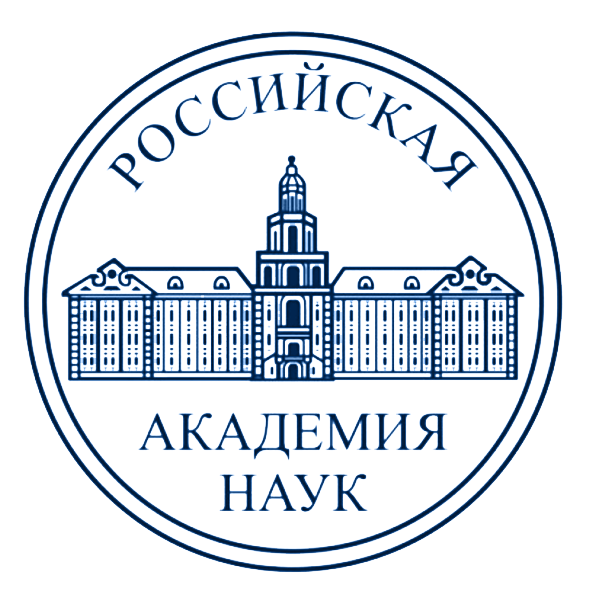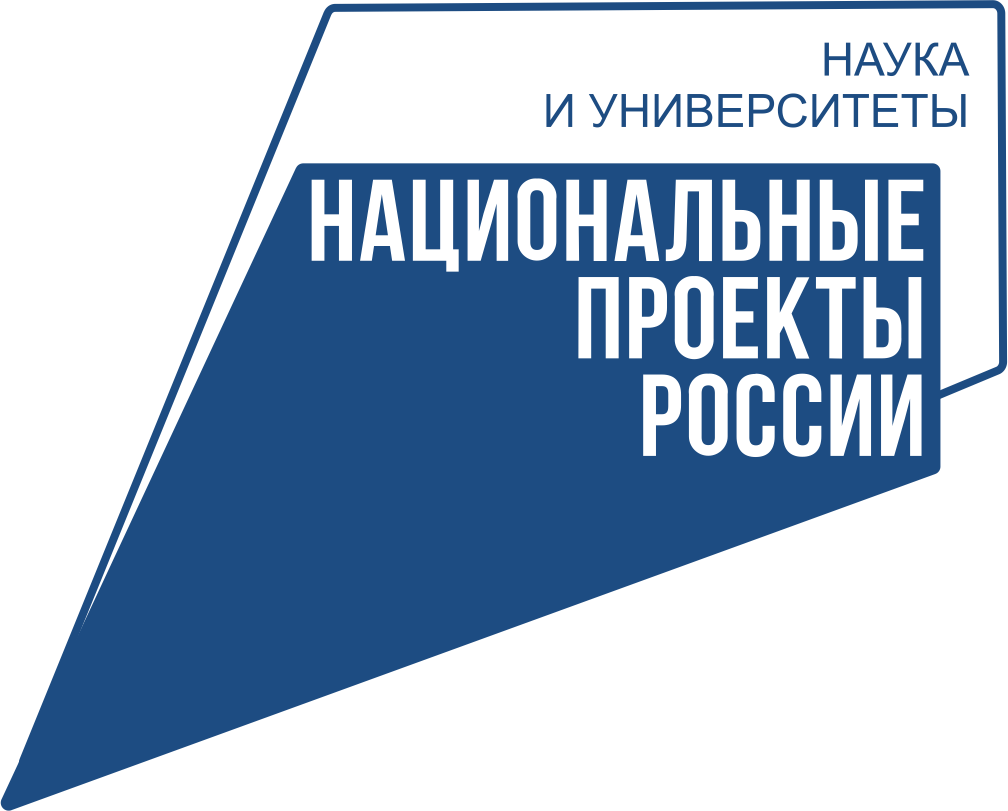In September 1721, the treaty was ratified by Tsar Peter I and King Frederick I of Sweden. One copy was certified by the signature of Peter I and the Great Seal, and the other by the signature of Frederick I and the Royal Great Seal. All formalities were completed after the exchange of signed and sealed copies.
According to Peter’s decree, the text of the ratification of the Treaty of Nystad was printed in the printing houses of St. Petersburg and Moscow, accompanied by the image of the Swedish royal seal. The circulation was supposed to be two thousand copies, but then it was increased to five or six thousand. The document was to be sent to the provincial, county and volost centers, as well as to the quarters of the regiments, to be publicly read and announced. Then the ratification was to be kept in the archives of the authorities. The exhibition presents a copy of the ratification of the Nishtad peace treaty from the collection of N.P. Likhachev. It was printed at the St. Petersburg printing house on October 5 (according to the old style), 1721. Archive of St. Petersburg Institute of History of the Russian Academy of Sciences. Coll. 283 “Collection of printed publications (decrees, manifestos, announcements and other volatile publications, collected by N.P. Likhachev.” Op. 1. D. 9a.
 300 years ago, on September 10 (August 30), 1721 a peace treaty was signed between Russia and Sweden in the city of Nystad (Sw. Nystad, Fin. Uusikaupunki). The Nystad treatise was signed by representatives of two powers: from the Russian side – General Feldzheichmeister Count Ya. V. Bruce and Adviser to the Secret Chancellery A.I. The document included 24 articles and a secret article on the conditions for concluding “an eternal, true and inviolable peace.”
300 years ago, on September 10 (August 30), 1721 a peace treaty was signed between Russia and Sweden in the city of Nystad (Sw. Nystad, Fin. Uusikaupunki). The Nystad treatise was signed by representatives of two powers: from the Russian side – General Feldzheichmeister Count Ya. V. Bruce and Adviser to the Secret Chancellery A.I. The document included 24 articles and a secret article on the conditions for concluding “an eternal, true and inviolable peace.”
Рубрика Без рубрики
300th Anniversary of the Peace of Nystad (virtual exhibition of one document)
Memorandum of Cooperation

The signing ceremony of the Memorandum of Cooperation between St. Petersburg Institute of History of the Russian Academy of Sciences and the State Memorial Museum of Defense and Blockade of Leningrad took place on September 7 in connection with the opening of a new subdivision in the Museum, the Institute of the History of the Blockade of Leningrad, whose staff will interact with colleagues from St. Petersburg Institute of History. The document was signed by a corresponding member of the Russian Academy of Sciences, D.Sc. Alexey Vladimirovich Sirenov and Director of the Museum Elena Vitalevna Lezik.
Encyclopedia “Russia during the Civil War 1918 – 1922”

Three-volume Encyclopedia “Russia during the Civil War 1918 – 1922” (Moscow: Political Encyclopedia, 2021) was published. It is a fundamental scientific work, which presents the military, political, economic, and cultural processes that took place in the country in 1918 – 1922. The publication includes over 2900 entries about the events of the civil war, considered in the context of a wide panorama of the life of this period. The encyclopedia contains about 2000 rare photographs, photographs of paintings, sculptures, maps, diagrams, plans of military operations, graphic works. The team of authors of the project consisted of more than 50 researchers representing archives, academic institutes, museums, universities of Russia, Belarus, Ukraine. The encyclopedia aims at everyone interested in the military, political, economic, and cultural history of Russia. Doctors of historical sciences, leading researchers of the Department of the modern history of St. Petersburg Institute of the Russian Academy of Sciences V.I. Musaev and E.D. Tverdyukova took part in its composure.
To the 800th anniversary of Alexander Nevsky: scientific colloquium and exhibition in Vladimir

On August 12, 2021, in Vladimir, within the framework of the all-Russian intermuseum project “Alexander Nevsky: the Great Northern Route”, the exhibition “Alexander Nevsky: the Legend of the Saint” opened at Vladimir-Suzdal Museum-Reserve, and the scientific colloquium “Alexander Nevsky and Vladimir Land” began at the Museum Center “Chambers”.
Organizers of the project: St. Petersburg Institute of History of the Russian Academy of Sciences, Publishing House Political Encyclopedia (ROSSPEN) with the support of Norilsk Nickel.
The project will unite three exhibitions: in Novgorod Veliky (“Novgorod State United Museum-Reserve”), which opened with great success in April, in Vladimir (“State Vladimir-Suzdal Historical, Architectural and Art Museum-Reserve”) and, finally, – St. Petersburg (State Museum of the History of St. Petersburg), which will take place in December. Also, as a scientific and applied “accompaniment” of large-scale exhibitions, each city will host colloquiums dedicated to Alexander Nevsky as a commander, statesman and saint, as well as issues of preserving historical memory and regional history.
12th International Colloquium on Russian History

From June 6
to June 8, 2022, the next 12th International Colloquium on Russian history
“BORDERS OF THE POLITICAL IN RUSSIA OF THE SECOND HALF OF THE 19th – FIRST
QUARTER OF 20th CENTURIES” will be held in St. Petersburg.
The aim of the upcoming colloquium is to look at the political processes in
Russia during the post-reform, revolutionary and post-revolutionary periods
from different points of view.
The organizers of the colloquium are: St. Petersburg Institute of History of
the Russian Academy of Sciences, European University at St. Petersburg, Wayne
University (USA), University of Dundee (Great Britain), International
Laboratory of Regional History of Russia, National Research University Higher
School of Economics.
“1941. The Northern border. On the 80th anniversary of the beginning of the Great Patriotic War”
 On the 80th anniversary of the beginning of the Great Patriotic War, on June 16-17, 2021 St. Petersburg Institute of History of the Russian Academy of Sciences and the Military Medical Museum will host the International Scientific Conference “1941. The Northern border”. The organizers of the conference are St. Petersburg Institute of the Russian Academy of Sciences, the Military Medical Museum, the Russian State Archive of Social and Political History (RGASPI), the Political Encyclopedia Publishing House (ROSSPEN) with the support of the Norilsk Nickel company.
On the 80th anniversary of the beginning of the Great Patriotic War, on June 16-17, 2021 St. Petersburg Institute of History of the Russian Academy of Sciences and the Military Medical Museum will host the International Scientific Conference “1941. The Northern border”. The organizers of the conference are St. Petersburg Institute of the Russian Academy of Sciences, the Military Medical Museum, the Russian State Archive of Social and Political History (RGASPI), the Political Encyclopedia Publishing House (ROSSPEN) with the support of the Norilsk Nickel company.
Since the beginning of the war, the northern front was one of the most important for the opposing sides. For the Third Reich and its allies, the seizure of the Soviet northern and northwestern seas and coast would largely mean the success of the “blitzkrieg”, since it would open the way to Leningrad (with its largest military-industrial complex enterprises in the country), Arkhangelsk, Murmansk and the Taimyr Peninsula (with gigantic sources of raw materials). At the cost of colossal efforts and losses, Soviet troops and civilians managed to delay the enemy’s advance, and then defend the northern borders of our country. The agenda of the conference (in Russian)








